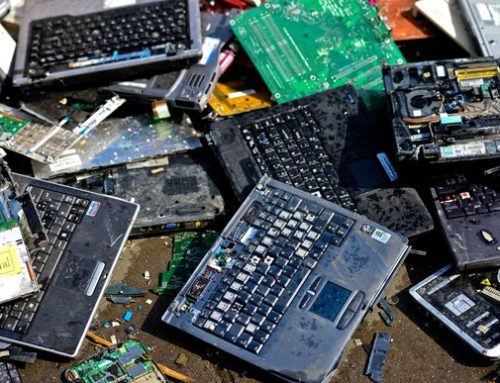
The heralded poet and playwright Oscar Wilde is claimed to have said that “No object is so beautiful that, under certain conditions, it will not look ugly.” (Of course, Victorian art critic John Ruskin, whom Wilde came to greatly admire, also said, “Remember that the most beautiful things in the world are the most useless; peacocks and lilies, for instance.”)
I give the nod to accuracy to Wilde.
That highly coveted automobile – easily priced in the mid- to-high five figures and on up from there – is held by many in our society as a true thing of beauty. So many of us enslave ourselves so that we can afford gleaming chrome and metal, luxurious interiors and turbo-charged mechanical brawn.
Even if aesthetics isn’t a primary goal, we are grateful for even a basic transportation model.
Yet even the most beautiful overpriced vehicle is capable of producing some of the ugliest and seemingly useless substances.
I’m not just talking about carbon emissions; manufacturers have made great strides over the years in reducing emissions. But those great strides notwithstanding, there will always be worn and discarded parts and substances, like tires and oil.
The same appreciation for beauty and convenience can apply to seemingly unrelated things that we take for granted, and contribute to unwittingly. Do you eat out? If you’re like many, you’ve found that you can easily (I said “easily,” not painlessly!) drop a few hundred dollars for a fine steak dinner at an elegant restaurant. Multiply your dinner by the hundreds served over a month, a year … and then imagine the grease and oils in those restaurant grease traps and inceptors.
The landfill debacle
Each year, America discards about 250 million tires. Each year.
It’s a hideous sight, and as tire technology has advanced, that same technology that saves lives on our roads adds to our disposal challenges.
In my last blog I casually grouped tires into a plastics category. It was an accurate but overly simplified classification. In actuality, the composition of tires has become increasingly complex.
Forward-thinking manufacturers are experimenting with different materials, feeling the same weight as petroleum companies that are working to change negative perceptions associated with their products and byproducts. Whether they’re feeling public relations and regulatory pressures or environmental responsibility – or all three – more companies are committing to testing new manufacturing and reuse technologies.
But what’s there is still there, in plain sight, as part of our country’s burgeoning municipal solid waste, or MSW.
Living with oil
There have been federal and state requirements for handling used motor oil for years – and individual state regulations can go beyond what the federal government requires.
Fortunately, recycled oil is wholly suitable for reuse – and 1 gallon of used, dirty oil becomes 1 gallon of reusable oil.
Of course not 100 percent of it goes to recycling facilities. And similar substances, like cooking byproducts, simply end up in our municipal landfills, even while grease recycling companies become more widespread.
Again, as I mentioned in my last blog, this still becomes part of a collection issue. We need more options for reusing and recycling, or that which we work hard to collect stays in a linear, rather than a circular, economy.
Energy generation with RDF
Herald in RDF, or refuse derived fuel. It’s a “waste fuel” with certain inert materials and inorganics removed – bulky items that don’t burn and things like plastics, aluminum, iron and batteries that would form nasty emissions compounds when burned. One of its first – and still current – uses was as an energy source for cement plants, but it is also used to generate electricity and thermal energy for heating systems and other industrial uses. Discarded tires are popular for creating RDF (sometimes referred to as tire derived fuel, or TDF).
Sorting out and removing non-combustibles and other materials is why some consider RDF to be cleaner than incinerating unsorted MSW. BUT … the resultant ash is still toxic, and it still requires special handling and yes, landfilling.
RDF is largely just recreating problems with a slightly more acceptable byproduct – but with many of the same undesirable outcomes.
The true technology to be heralded is one in which the RDF isn’t burned as fuel – but it is converted into biofuel.
And that’s where I’m headed with my next blog!



